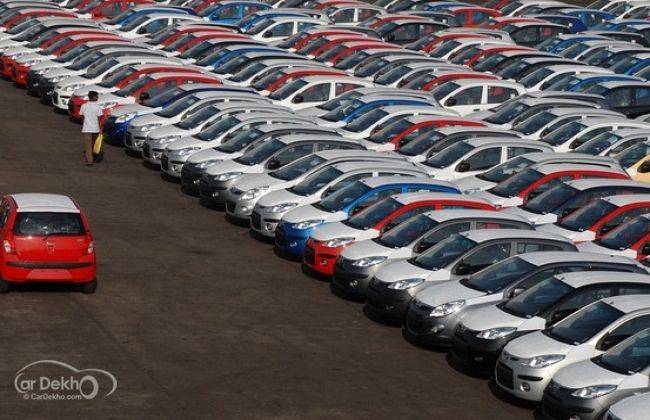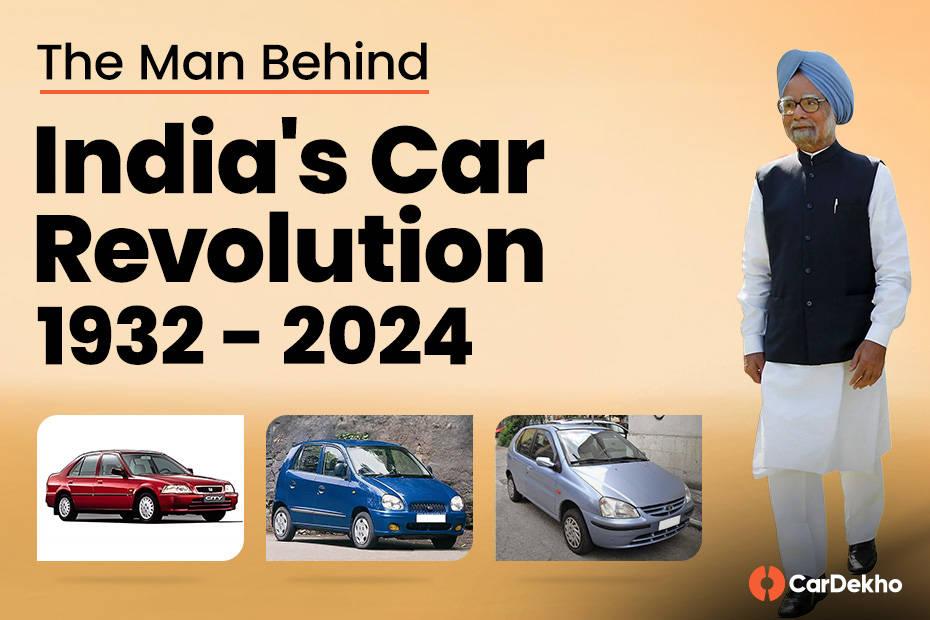Growth of Indian car market
Modified On Oct 14, 2014 03:56 PM By Rahul
- Write a comment

The Indian car market is one of the fastest growing markets in the world, at least this seems to be the case when viewed as an outsider. Global brands are entering or are planning to reach out to the 1.25 billion buyers with their best possible plans. The next China! That is what our market is being perceived as. But how quickly is our market growing? We take a deep dive into the sales figures of the Indian car market and find out if it really has the potential?
Before we get into figures, we need to clarify certain facts about the Indian economy. The Indian Rupee slid down in 2008 before the elections reaching Rs 50 for a dollar and again the same phenomena happened last year before the Lok Sabha elections for 2014, as the Rupee further depreciation and now currently at Rs 61 per USD. In early 2008, when the market crashed, this had affected the car sales and the increase in dollar rate had also contributed to stagnate the car sales.

2010-11- This was the best year for growth of the Indian automobile industry. SIAM reported a growth of 28 percent for the passenger vehicles and this was the first time Indian auto industry sold more than 2 million cars in a year. The growth was so incredible that it past the 2.5 million mark. Indian auto industry becomes one of the fastest growing markets and all global eyes were on us. When the global economy was in turmoil, Indian market was flourishing, as majority of the buyers were domestic, whereas even China was suffering due to lesser exports to Europe and North America.

This was the year when we witnessed the launch of several new products in the premium hatchback segment. The B2 segment was the fastest growing segment and the desire for buyers to switch over to something premium indicated that we are no longer an economy that will pick affordable cars only. Nissan and Volkswagen introduced their premium hatchbacks in the Indian car market. The features on offer, spoilt the Indian consumers and that is when the demands for more in less rose. This was just the start of a great beginning. The luxury car market too was on the rise.
2011-12: After a wonderful fiscal year 2010-11, automakers were keen for better results from this market. At the moment, anything touched turned into gold. The market was growing substantially faster than the existing infrastructure. However, this had to slow down. And the beginning was with the de-regulation of petrol prices. This meant that gasoline prices were skyrocketing and this impacted the sales. Soon, the sales figures began to tumble and the growth was reduced to a mere single-digit growth.

In this fiscal year, the growth of the passenger vehicle sales was six percent from the 28 percent in the previous year. This is when the demand for diesel cars was on a rise. Petrol prices had hit the roof and diesel still had the subsidy. Companies changed their manufacturing to more diesel engines than petrol. The demand for premium diesel hatchbacks did grow and majority of the manufacturers sold about 60% diesel cars when comes to premium hatchback segment. Resale of petrol cars dropped substantially. Toyota had introduced the Etios diesels, new generation Maruti Suzuki Swift and even Nissan Micra diesel was made available.
2012-13: There was a decline in the growth percentage of the market, but the demand for new products was on the rise. Hence, companies continued to introduce new products. This was the year of compact SUVs. The Renault Duster revolutionised the Indian car market and changed Renault’s market share from the word go. The French manufacturer’s compact SUV become a huge hit and there rose the demand for compact SUVs.

The luxury car market continued to grow in double digits and here is where all the action continued. The Audi Q3 was introduced; the Mercedes-Benz SUV assembly had begun in the Chakan plant. All the three German heavy weights began to lumber their masses upon each other with several new products. The growth of SUV in the luxury car market also grew and so was there a rise in the sale of diesel luxury cars, contributing about 80% of the numbers. The petrol on the other hand declined in numbers. This has been the year of SUVs.
2013-14: This year has seen the rise of compact SUVs and compact sedans. . In less than a year of the launch of the Renault Duster, Ford’s Ecosport followed and by then every one had began the work on compact SUVs. Honda’s Amaze revolutionised the market, the Grand i10 also made a major impact on the sales. But with about 40 launches including new and facelifts, the auto industry has lost the momentum in sales.

There has been a major decline in the numbers and this time it has gone in red when compared to the previous year. Luxury car manufacturers are the only ones enjoying 30% growth. Manufacturers like Tata Motors and Mahindra have lost a lot of ground. Only new products are doing well and this can be seen clearly from the numbers. Introduce a good product and it will do well. In 2013-14, the sales declined by 6.12% as the total number of four-wheelers produced was 2.503 million.










